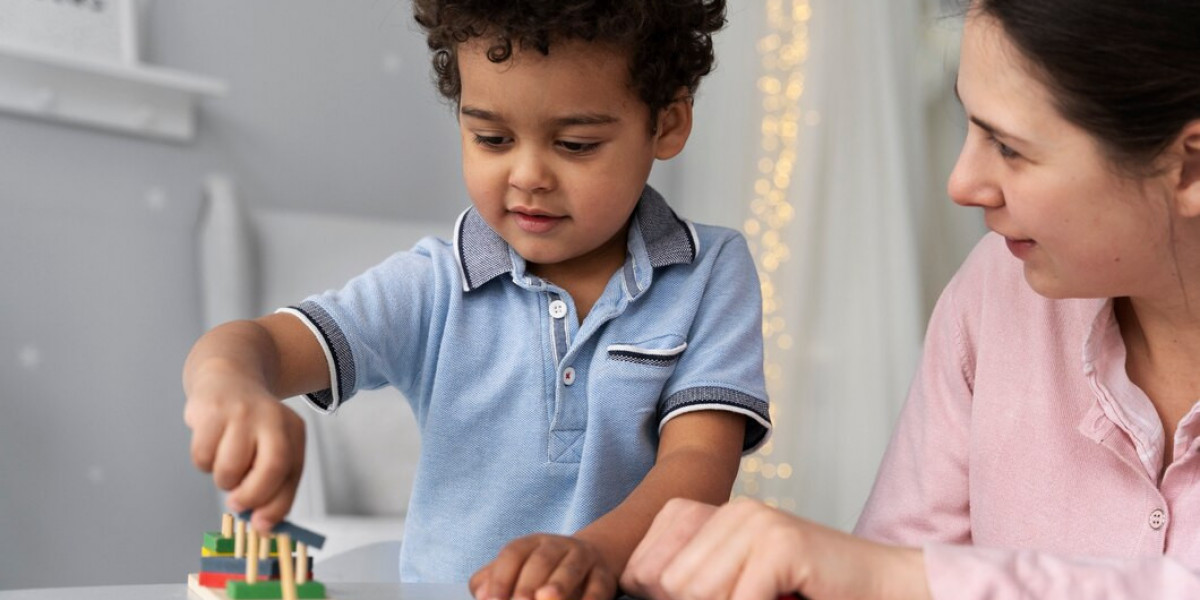Introduction:
Autism therapy is a crucial component in helping individuals with autism spectrum disorder (ASD) manage their symptoms and improve their quality of life. To ensure the success of therapy, it is essential for parents and therapists to work together collaboratively. In this article, we will explore the best practices for parents and therapists to collaborate effectively in providing autism therapy.
Understanding Autism Therapy
Autism therapy encompasses a range of interventions aimed at improving communication, social skills, and behavior in individuals with ASD. These interventions can include behavioral therapy, speech therapy, occupational therapy, and sensory integration therapy. Helping people with ASD acquire new abilities, create coping mechanisms, and enhance their general functioning is the aim of autism treatment.
The Role of the Autism Therapist
Autism therapists play a critical role in providing individualized therapy and support to individuals with ASD. They are trained professionals with the knowledge and expertise to develop and implement effective treatment plans. Autism therapists work closely with their clients to assess their needs, set goals, and track progress over time. They also guide and support parents on how to best support their child's therapy outside of sessions.
The Importance of Collaboration
For autism therapy to be successful, parents and therapists must work together. When parents are actively involved in their child's therapy, they can reinforce skills learned in therapy sessions and provide additional support at home. By working together, parents and therapists can create a consistent and structured environment that fosters progress and growth.
Best Practices for Collaboration
Open Communication: Establishing open and honest communication between parents and therapists is essential. Parents should feel comfortable discussing their concerns, asking questions, and providing feedback on their child's progress. Therapists, in turn, should keep parents informed about therapy goals, strategies, and any changes in treatment plans.
Setting Goals Together: Collaboratively setting goals for therapy can help ensure that everyone is on the same page. Parents and therapists should work together to identify specific areas of improvement and develop actionable steps to achieve those goals. Regularly reviewing and adjusting goals as needed is also important for tracking progress.
Consistency is Key: Consistency in implementing therapy strategies is crucial for success. Parents should be consistent in using the techniques and strategies recommended by the therapist to support their child's progress. Children can learn more broadly and experience less uncertainty if skills and behaviors are consistently reinforced in a variety of settings.
Respecting Each Other's Expertise: Parents bring a wealth of knowledge about their child to the therapy sessions, while therapists bring their professional expertise. It is important for both parties to respect and value each other's contributions. Parents should trust the therapist's recommendations and expertise, while therapists should listen to and consider the insights and observations of parents.
Conclusion
In conclusion, the effectiveness of autism therapy depends on parents and therapists working together effectively. By working together, parents and therapists can create a supportive and structured environment that promotes growth and development in individuals with ASD. Open communication, goal setting, consistency, and mutual respect are key components of a successful collaboration. By following these best practices, parents and therapists can ensure that their child receives the best possible care and support in their therapy journey.







